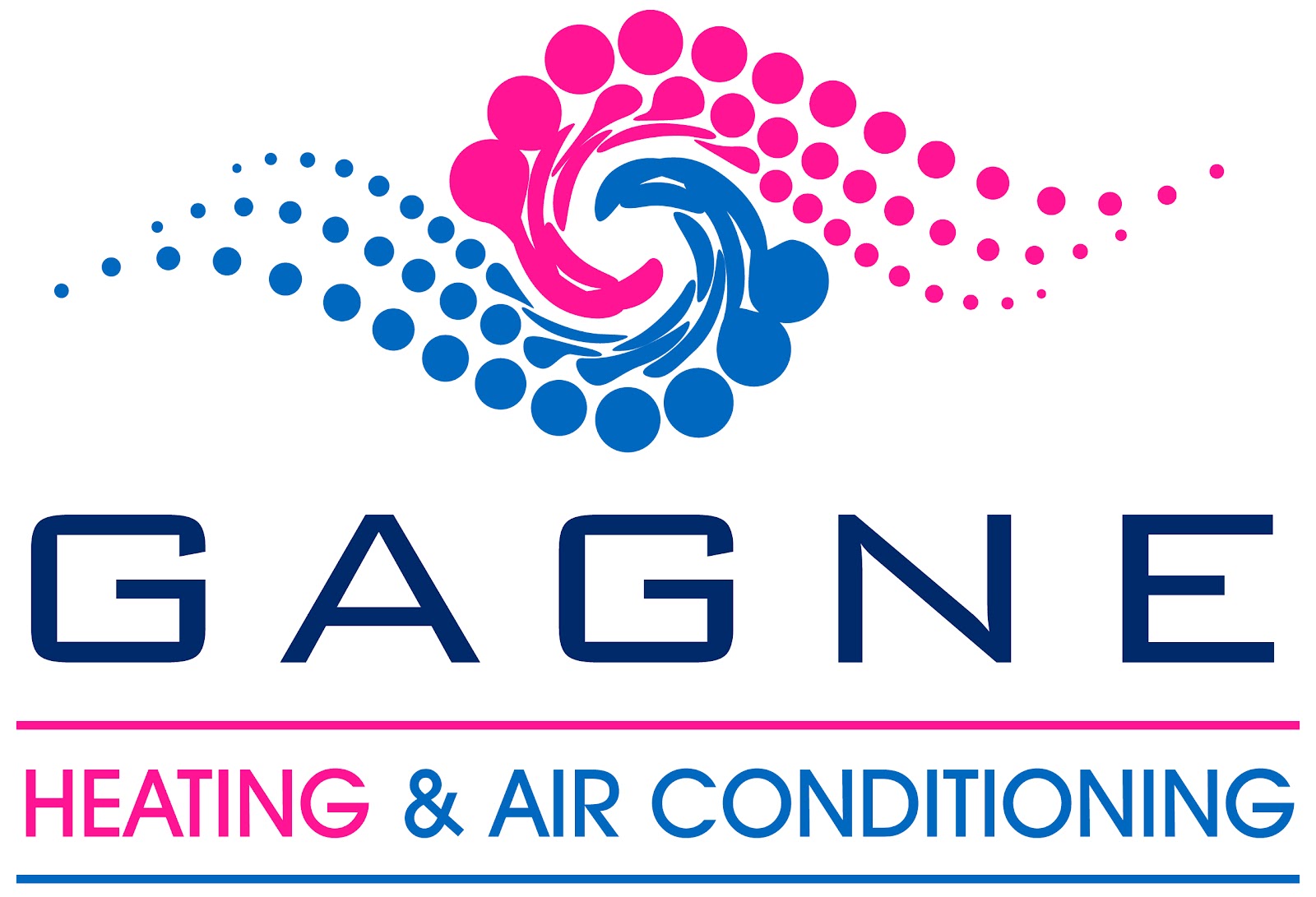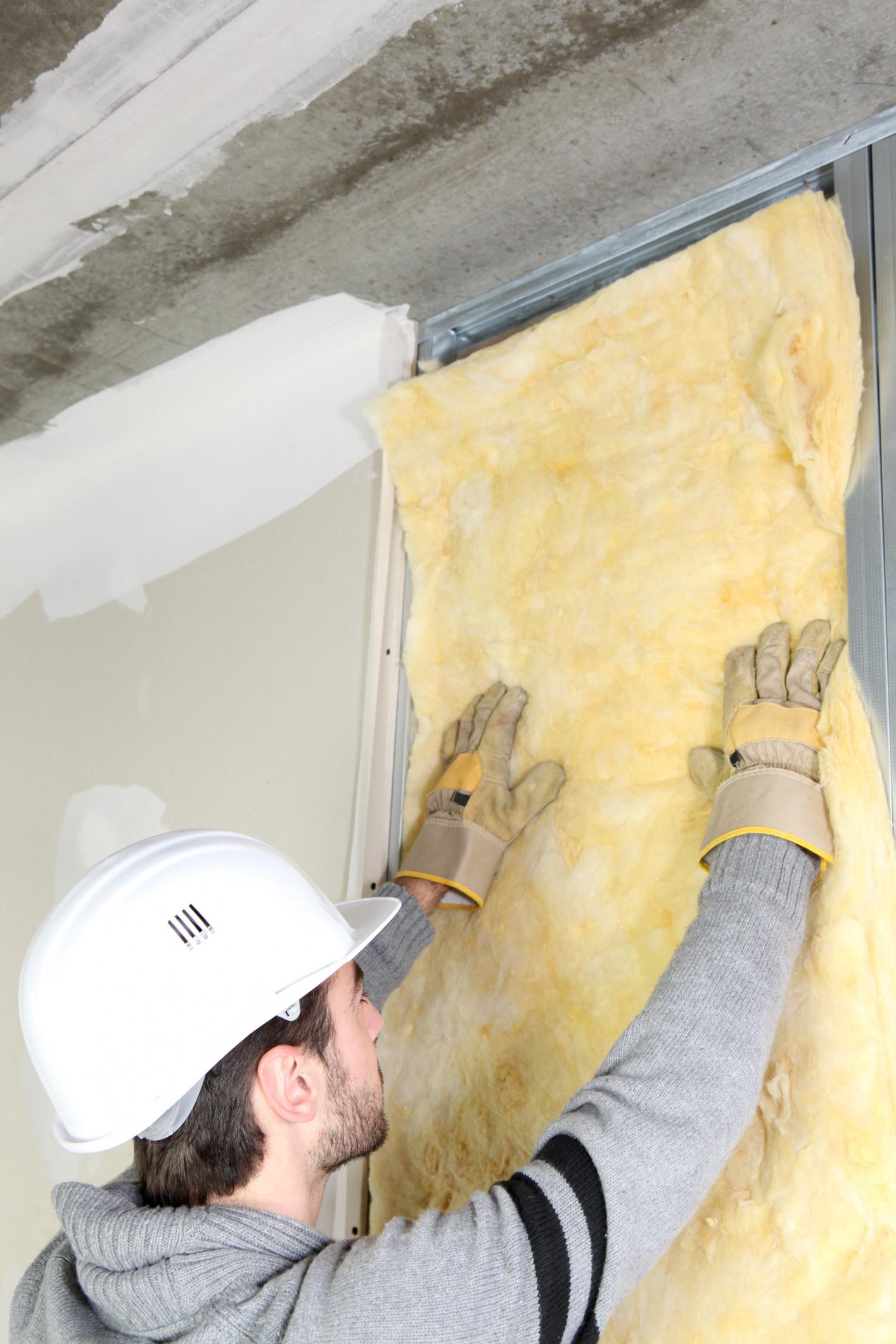Insulation is an important component in your home and workplace. It not only keeps the air at a comfortable and consistent temperature, but good insulation will help keep your energy bills low.
It’s important to make sure your home’s walls are insulated properly. When you invest in the right kind of insulation, you can make great strides at reducing heat transfer. Of course, the last thing any homeowner wants is for precious heat to escape through their attic ceiling during the winter.
There are several types of insulation materials to choose from for your home, each with its own pros and cons. As you’re making decisions about what type of thermal insulation you should put in your residence or place of work, consider these advantages, disadvantages, and installation information:
Here are the most common types of insulation materials:
Fiberglass
When you consider the most popular types of thermal insulation materials, you might immediately think about fiberglass — and for a good reason. Fiberglass is one of the most common building insulation materials and is often used for air conditioning insulation. This substance is made of glass fibers, blown or spun to form insulation.
It’s also worth mentioning that fiberglass can be used as loose-fill insulation, which makes it a viable option for attics and crawlspaces. Essentially — any small space that is difficult to reach. Some homeowners might consider fiberglass to be the best insulation material for this reason, but there are still many factors worth considering before you make a decision.
When fiberglass is made out of blankets or rolls and has a facing, it can act as a vapor barrier. These vapor barriers prevent water vapor from getting into the walls of your home. In many cases, facings are constructed out of kraft paper or foil-kraft paper.
- Advantage: Most common, non-flammable, resistant to moisture damage, and effectively blocks heat flow.
- Disadvantage: It can be highly irritating to your skin and lungs if you come in direct contact with it.
- Installation: Fairly simple, and you can do it yourself. Typically, fiberglass comes in batts, blankets, and loose-fill that you can fit in between studs and beams.
Cellulose
If you’re looking for more eco-friendly types of thermal insulation, consider cellulose. This type of insulation material contains up to 85% of recycled materials that are shredded and fiberized to become insulation. Cellulose is often made into loose-fill insulation and can fit into compact spaces.
- Advantage: Environmentally friendly as it is made from organic, recycled paper and cardboard.
- Disadvantage: While it is treated to be resistant to moisture and pests, its insulating ability decreases significantly when it absorbs moisture. As a result, cellulose insulation needs to be replaced about every five years.
- Installation: Installed by blowing into place or pouring it into the desired location, which makes it easier to fill oddly shaped areas.
Rock Wool (Also Called Mineral Wool)
There are two types of mineral wool: slag wool and rock wool. Rock wool is composed of natural materials such as basalt or diabase. Mineral wools are types of insulation materials that are often formed into batts insulation.
- Advantage: Fire resistant since it is able to withstand extremely high temperatures, as well as noise resistant. Comparable to fiberglass.
- Disadvantage: Rock wool is more expensive and not as common as other insulating materials.
- Installation: This thermal insulation material is installed as sheets into walls.
Spray Foam
While we’ve gone over three common types of insulation materials, there are a few more worth discussing; one being liquid spray foam. There are two varieties of spray foam to choose from — open-cell foam and closed-cell foam.
This type of thermal insulation is constructed of chemicals that create a foam-like material and are ideal for unfinished walls. As the name suggests, sprayed foam insulation is often sprayed or injected into an area that expands and solidifies.
There are various pros and cons associated with these insulation products. Like loose-fill insulation, it can be helpful to know that spray foam insulation is ideal for hard-to-reach areas such as attics and crawl spaces. Hopefully, the advantages and disadvantages listed below will help you determine if spray foam is the best insulation material for your specific needs.
- Advantage: Sprayed/foamed materials are excellent for enclosing and insulating existing walls, abnormally shaped areas, or working around obstructions. They are also energy efficient.
- Disadvantage: Liquid polyurethane foam isn’t very thick and contracts with age, pulling away from the framing.
- Installation: Small quantities come in spray containers, but if you need large quantities, you may have to purchase a pressurized sprayer.
Foam Boards
Foam boards are another type of thermal insulation material made into common household insulators. This material is ideal for unfinished walls, such as foundation and basement walls.
There are many reasons why a homeowner might consider installing foam board insulation. For example, this particular product is available in a wide variety of thicknesses and customizations, making it an ideal choice for many different applications. Foam boards can also be equipped with facings to create a vapor barrier.
Are foam boards the best insulation material for your needs? Check out some of the most noteworthy pros and cons to help you decide:
- Advantage: Can insulate almost any area of your home.
- Disadvantage: Can be costly when installed on finished/existing walls.
- Installation: Rigid panels are installed in areas of your home.
Natural Fibers
Natural fibers — such as sheep’s wool, cotton, and straw — can be used as a type of thermal insulation for your home. However, these materials must first undergo a chemical treatment before being used as insulation.
- Advantage: Compromised of recycled natural materials.
- Disadvantage: Natural fiber materials must first undergo a chemical treatment before being used as insulation.
- Installation: These materials are often turned into batts or panel insulation.
Additional Ways to Increase Energy Savings
Hopefully, by now, you’ve discovered the best insulation material for your home. However, it’s important to mention that choosing and installing insulation isn’t the only way to increase your energy savings. There are many other steps you can take to lower your energy bills.
Seal Windows and Doors
Do you want to keep your home cool during the summer and warm during the winter? One way to ensure this precious air and heat doesn’t escape your home is to seal your windows and doors.
If you’re willing to handle the project yourself, you can use weatherstripping to seal any windows and doors with obvious leaks. If you’d rather leave the job to a professional, don’t hesitate to schedule an air sealing service.
When you increase your air sealing efforts, you can prevent air from seeping out. This way, your HVAC system won’t have to work as hard to keep you warm or cool. These simple measures can improve your HVAC system’s energy efficiency, potentially helping you waste less energy and save money on your energy bills.
Upgrade Your Thermostat
Are you always running late to work and forgetting to adjust your thermostat before you leave? If so, you might want to consider upgrading to a programmable or smart thermostat. You can control your smart thermostat straight from your phone, which makes it easy to save energy while you’re away from home.
Although a new thermostat can help you control your heating and air in Roswell, GA, it’s important to realize that your thermostat can have so many more benefits besides this.
Install a High-Quality HVAC System
Insulation isn’t the only way to save on your energy costs! Having the right air conditioning system for your home or workplace is a must.
Check out our blog and knowledge center for more information. If you’re in the Metro Atlanta area, contact an HVAC professional who can come meet your residential and commercial HVAC needs.
Choosing the Best Insulation for You
There are advantages and disadvantages of thermal insulation materials, but it is also crucial to consider the actual type of insulation that will be best for your home. Loose-fill, blankets, batts, and rolls also have pros and cons. For instance, batt insulation is available in pre-cut sizes, while rolls can come with kraft paper, which acts as a vapor and air barrier.
However, your home may need more than new insulation to feel warm and comfortable. If you need emergency heating repair in Atlanta, call Gagne for residential heating services. Our professional HVAC technicians have the expertise to fix your heating system according to your needs.
We offer a wide range of services, including air conditioning and heating installations, to ensure your family feels comfortable and safe 24/7. Our HVAC contractors in Atlanta, GA, will discuss options with you to find the best solution for your specific needs.
If you have an HVAC emergency in Alpharetta, GA, contact Gagne today!

